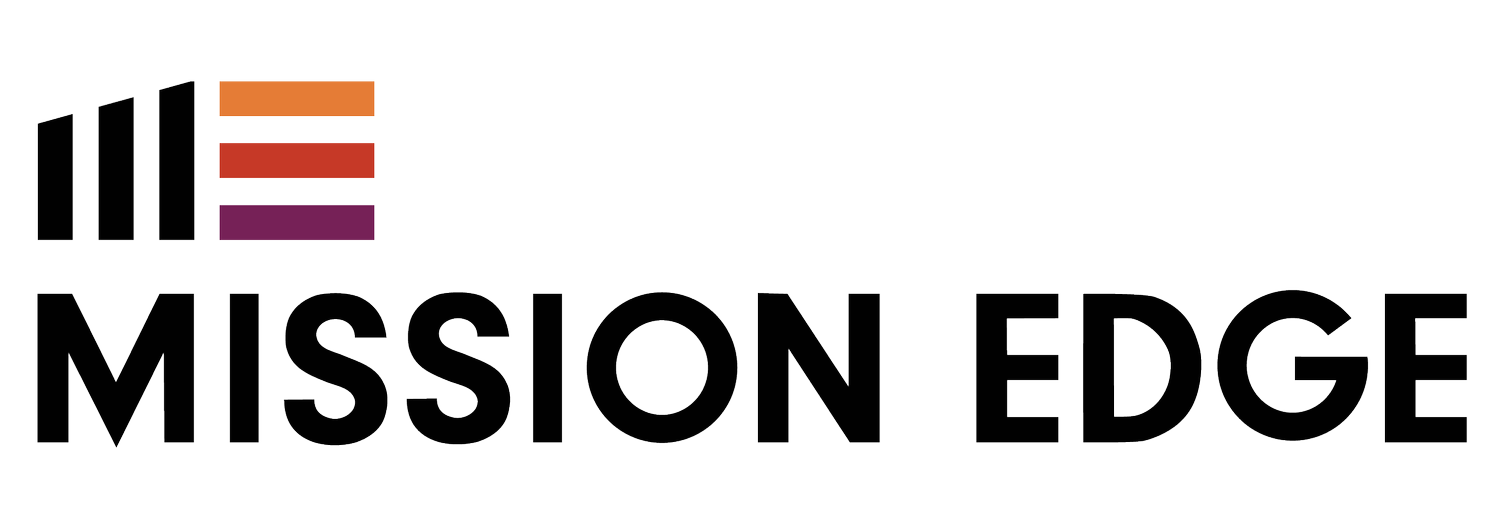Make It Count: 5 Data Best Practices for CSR Teams in 2026
In 2026, CSR professionals are facing more pressure than ever to prove the value of their work. But here’s the good news: you don’t need more data. You need to make better use of the data you already have. Whether you’re running employee giving campaigns, managing volunteer programs, or spearheading community partnerships, the real opportunity lies in telling stronger stories with the metrics you’re already collecting.
Here are five practical best practices CSR teams can use in 2026 to transform existing data into powerful tools for strategy, storytelling, and stakeholder engagement.
1 — Align Your Metrics with What the Business Cares About
Don’t just measure impact—measure relevance.
You may be tracking volunteer hours or dollars donated, but do those numbers ladder up to key business goals like retention, brand affinity, or employee satisfaction? In 2026, savvy CSR teams are mapping their data to business value:
Connect employee engagement in CSR programs with internal survey results
Align cause areas with brand pillars or corporate values
Use participation metrics to show how CSR drives culture
Pro tip: Collaborate with HR, marketing, or DEI teams to co-own success metrics.
2 — Use Participation Data to Tell a Story
Raw numbers don’t move people—narratives do.
Instead of saying, "423 employees volunteered last year," frame it as: "Nearly half our workforce showed up to support the causes they care about most."
Break down participation by region, department, or tenure to find internal champions
Track repeat participation to show long-term engagement
Pair data with a short employee spotlight or quote to make it human
Pro tip: Always tie numbers to people. That’s what your internal and external stakeholders will remember.
3 — Track Inputs and Outputs, But Tell Stories About Outcomes
Data is more persuasive when it answers: So what?
It’s easy to track inputs (e.g., 1,000 backpacks packed) and outputs (e.g., 1,000 students received supplies). But whenever possible, push toward outcome data:
Did the school report improved attendance or performance?
Did employees report feeling more connected after participating?
Did nonprofit partners meet a strategic milestone thanks to your support?
Pro tip: If you can’t get the outcome data yourself, partner with nonprofits who can share it.
4 — Standardize What You Collect
Messy data = missed opportunities.
Many CSR teams have decentralized or inconsistent data collection processes.
In 2026, it’s essential to build habits and tools that:
Use shared templates or forms for event recaps and partner check-ins
Collect qualitative data (like quotes or stories) alongside metrics
Ensure every program tracks at least 1 business metric + 1 community metric
Pro tip: Build a simple quarterly dashboard and share it cross-functionally.
5 — Repurpose and Reshare Your Wins
Your best data deserves more than one slide.
Once you have great data, use it everywhere:
End-of-year impact report
Internal Slack channels or Town Halls
Board updates and grant applications
Social media and recruiting campaigns
Pro tip: Add one storytelling visual (a chart, infographic, or quote) to every data point.
Bottom Line: Make Your Data Work Harder
The best CSR reporting in 2026 isn’t about having the flashiest dashboards—it’s about knowing how to get more value from the numbers and stories you already have.
By implementing these five best practices, your team can:
Tell richer, more consistent stories
Align with internal priorities
Create more buy in with important stakeholders at your company
Need help building a system for collecting and using data more effectively?
Reach out to the Mission Edge team—we love designing scalable CSR systems that work for your goals and your bandwidth.















